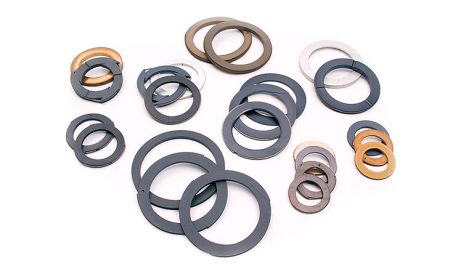In the past decade, there have been a massive number of technological upgrades and updates that were meant to help engineers progress their work. From Internet of Things (IoT) devices to 3D printers, tech has shifted the dynamics in terms of testing, design, work processes, and production at engineering firms.
Just how beneficial have these changes been? How have they molded the engineering landscape? Let’s find out.
New Tech in the Workplace
According to a 2018 survey conducted by Machine Design, 3D printing, IoT, artificial intelligence, and collaborative robots represent the top tech innovations in the workplace for engineers.
Other forms of technology that are becoming more prevalent include model-based design, augmented and virtual reality tools, computer-aided design and manufacturing (CAD/CAM), simulation, collaborative software, and machine vision.
New Employees to Handle New Technology
Companies have been hiring new employees to work with these pieces of technology. They need these new employees to handle electromechanics and electronic systems or mechanical design. They’ve also been hiring systems and software engineers, automation experts, robotic engineers, and CAD/CAM specialists. This means, of course, that some production processes have indeed changed in the last few years.
Essential Software Introductions
All types of new software have been introduced lately. Take, for example, Mesh Free Particle-Based CFD Simulation Software. While some employees feel they’ve had to learn a new skill, the biggest thing they’ve had to learn is new software. Some of the advancements made recently have made the job harder for some engineers while others find that things have been made easier thanks to the introduction of new software tech.
Technological Development
Many engineers feel as though their work has improved thanks to new technological developments. Not only is the design process better than it used to be, but productivity has improved, leading to more engaged and eager engineers who thrive in their roles.
3D printing is essentially an engineer’s favorite tool that has come to the forefront recently. Now that technology is able to craft simple tooling fixtures and rapidly prototyping parts, turnaround times are much shorter and design ideas come out much more quickly.
Engineering technology has made it much easier and more efficient for eager engineers to thrive in their roles. CAD tools can better help predict real-world product behavior and save money since testing is more efficient and less pricey than ever before. Only time will tell just how much technology will help engineers progress in their work processes.





